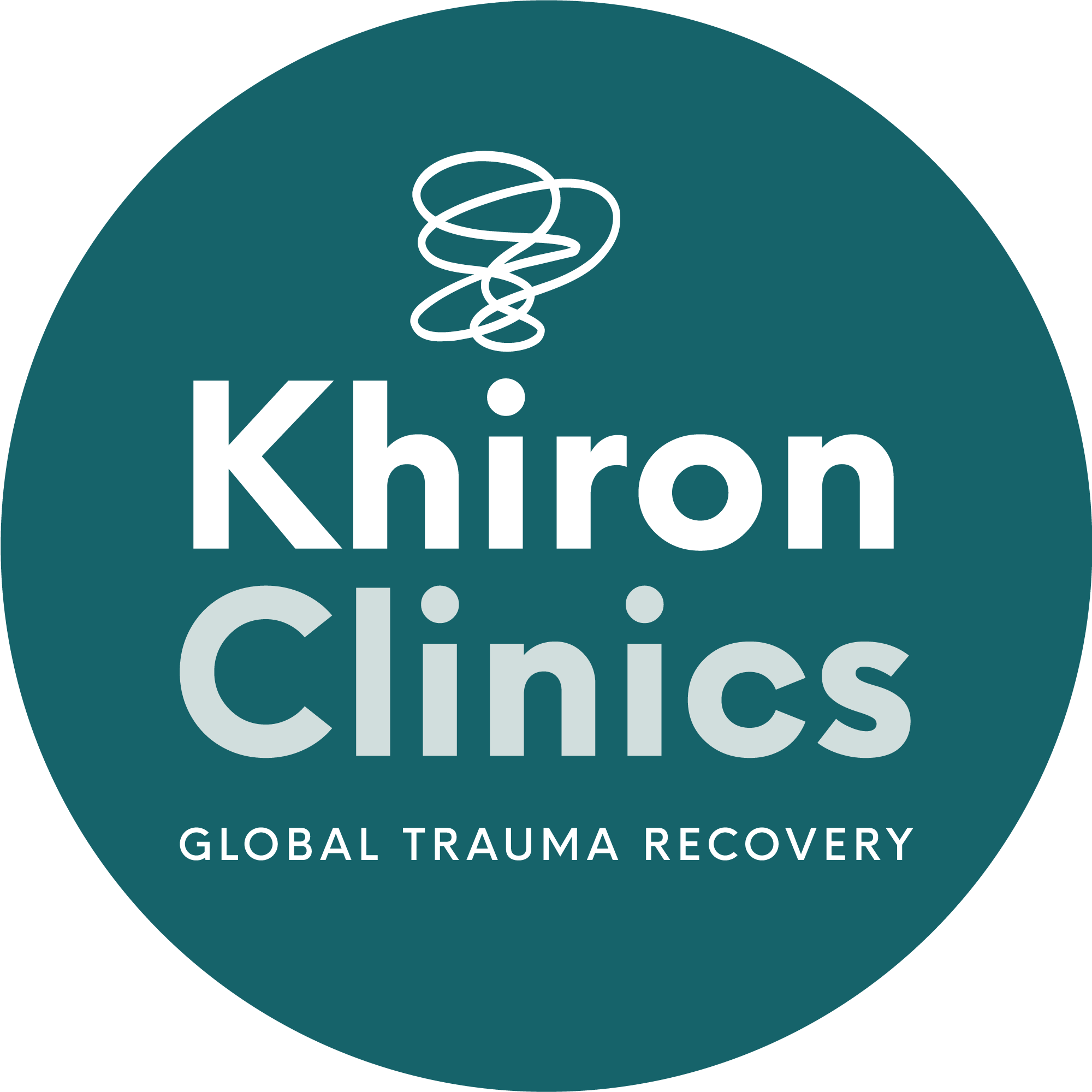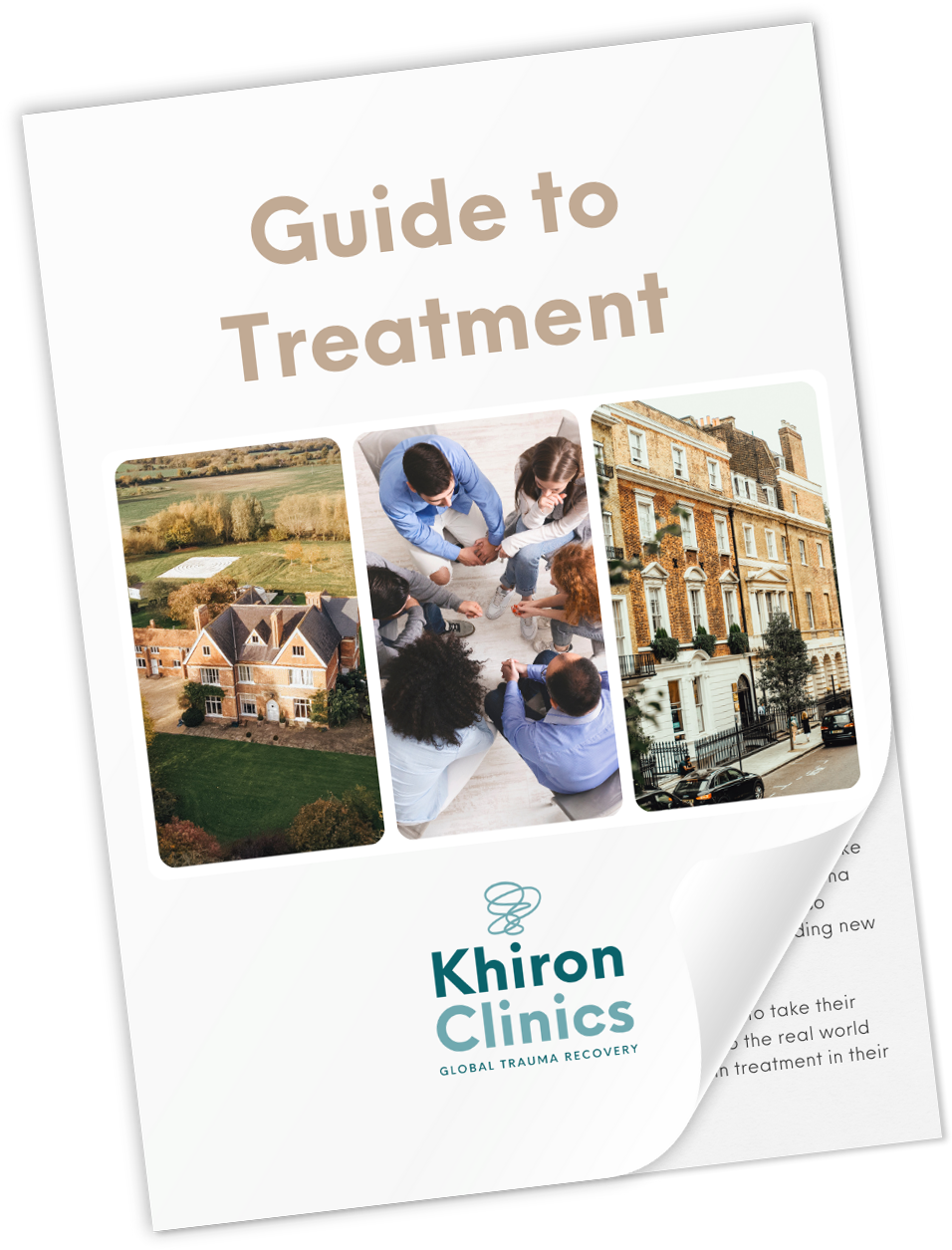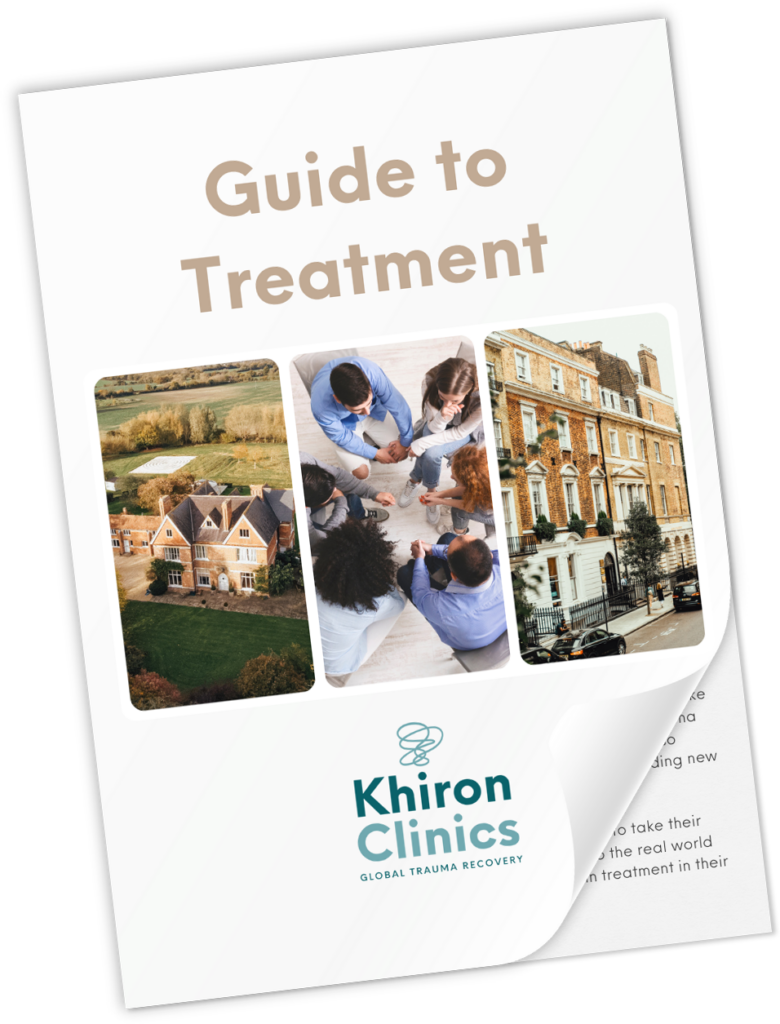“Mindfulness meditation changes the brain and changes the areas of the brain that are most affected by trauma.” – Bessel van der Kolk, MD.
Meditation, particularly mindfulness meditation, powerfully relieves the painful symptoms of trauma.
In recent years mindfulness has gained traction among the scientific and medical community as an essential treatment approach for various mental health disorders, including depression, substance use disorders, eating disorders, anxiety, and trauma.
Mindfulness’ appeal is largely two-fold. Not only does this therapy promote feelings of calm, resilience, and autonomy within practitioners, but it also alters brain structure and function, reducing the symptomatic effects of trauma disorders such as post-traumatic stress disorder (PTSD).
Neuroplasticity – A Revelation!
For hundreds of years, scientists thought that the brain reached maturity and then ceased to develop. We now know that the brain is in a constant state of change. Throughout a person’s life, their experiences, thoughts, and feelings alter their neural circuitry.
Numerous studies on individuals with PTSD have employed neuro-imaging techniques such as MRI and FMRI to examine sufferers’ brains and map out changes. Findings determine that not only do traumatic experiences affect neural pathways, but they cause the hippocampus in trauma sufferers’ brains to decrease in size.[1]
This is noted because the hippocampus controls, connects, and organises memory, ensuring it is in its correct time, place, and context. What’s more, the hippocampus works closely with the amygdala, the emotional area of the brain, which initiates our fight-flight-freeze response. These brain imaging scans demonstrate that PTSD suffers’ amygdala remains hyper-alert even in relation to non-threatening stimuli.
Past trauma has dramatically altered these individual brain structures and functions. Trauma survivors are affected by fragmented painful memories, struggle to discriminate between past and present, and remain in a state of stress and fear even when safe.
However, mindfulness meditation has been proven to reverse these changes by increasing prefrontal and hippocampal activity and calming down the amygdala.[2]
What is Mindfulness?
Mindfulness, in its most simple terms, means being aware of the present moment. However, we have a stream of constant information and interaction to process in everyday life, making mindfulness quite a difficult task to accomplish!
Historically, mindfulness became a prominent practice around 400-500 B.C.E when it was taught by the Buddha, Siddhartha Gautama. The Pali word Sati is the word that mindfulness originated from. Within Buddhism, Sati is considered the primary source of all aspects of self-development and is the first step on the journey towards enlightenment.
Of course, in our modern world, mindfulness is not only associated with Buddhism but is practised by the wider secular and multi-faith society that we are part of.
Mindfulness is a supportive tool that helps us cope with suffering, destructive behaviours, physical pain, negative thoughts, depressive emotions, and fear or anger. Engaging with the present moment can halt our reactivity to triggers and instead help us make a conscious decision to respond creatively and with autonomy. We can decide not to be driven by patterns of fear or anxiety and move towards liberation.
Therapeutic Mindfulness
Including mindfulness-based relapse prevention (MBRP), mindfulness-based stress reduction (MBSR), and mindfulness-based pain management (MBPM), several mindfulness treatments are available, all of which use mindfulness in conjunction with other forms of treatment.
Understandably, trauma survivors often wish to escape the present moment as memories, emotions, thoughts, and feelings can be too painful to bear. Therefore, individuals are likely to engage in escapist behaviours which are frequently destructive, such as using substances including alcohol, risk-taking, self-harming, isolation, violent or angry outbursts, or suicidal ideation.
As mindfulness is a tool that enables people to remain within what is happening in their experience, this can be extremely difficult for trauma sufferers to accomplish. However, mindfulness can help people be unstuck from a detrimental cycle of negative thinking, guilt, shame, and avoidance, often a cornerstone of trauma. Mindfulness offers a technique that gives space for a change in perspective to occur and allows individuals to realise that they are not defined by their past or their feelings, thoughts, and emotions.[3]
It is recommended that those with past traumas approach mindfulness with a degree of caution. Although it is likely to be hugely helpful, they may find the emotions and memories that may arise somewhat overwhelming. Therefore, it is advised to enter this practice with a trained therapist who can guide them and provide a safe place.
Yoga as Trauma Treatment
“I think it is malpractice to do meditation without doing yoga with traumatized people.” – Jon Kabat-Zinn.
PTSD and other trauma disorders are caused by a dysregulation of the autonomic nervous system. The autonomic nervous system is connected to all aspects of a person’s mind and body, making trauma an entire body disorder.
A key challenge for someone who has PTSD is the difficulty or inability to regulate their nervous system and subsequent physiological survival response.
While practising yoga, your mind is concentrated, your breath is regulated, and you organise your attentional system into a series of specific movements and postures designed to increase the flow of energy throughout the body and improve strength and flexibility.
The addition of movement whilst meditating allows the individual to return to the body and specific action when difficult experiences arise. Instead of experiencing feelings of overwhelm, panic, or avoidance, the person can focus on the present moment with a degree of pleasure, support, and accountability.
In Bessel Van Der Kolk’s study of yoga in PTSD, it was discovered that people develop improved heart rate variability, resulting in their overall capacity to
become calm increasing exponentially.[4]
When employed alongside somatic therapies such as yoga, mindfulness is an essential therapeutic tool for treating trauma disorders. These therapies calm and regulate the nervous system, help examine internal states, and aid the release of trapped trauma energy allowing the individual to live a life free from their past.
If you have a client or know of someone struggling to heal from trauma, reach out to us at Khiron Clinics. We believe that we can improve therapeutic outcomes and avoid misdiagnosis by providing an effective residential program and outpatient therapies addressing underlying psychological trauma. Allow us to help you find the path to realistic, long-lasting recovery. For more information, call us today. UK: 020 3811 2575 (24 hours). USA: (866) 801 6184 (24 hours).
Sources:
[1] Hughes, Katherine C, and Lisa M Shin. “Functional Neuroimaging Studies Of Post-Traumatic Stress Disorder”. Expert Review Of Neurotherapeutics, vol 11, no. 2, 2011, pp. 275-285. Informa UK Limited, doi:10.1586/ern.10.198. Accessed 13 Oct 2021.
[2] Hölzel, Britta K. et al. “Mindfulness Practice Leads To Increases In Regional Brain Gray Matter Density”. Psychiatry Research: Neuroimaging, vol 191, no. 1, 2011, pp. 36-43. Elsevier BV, doi:10.1016/j.pscychresns.2010.08.006. Accessed 13 Oct 2021.
[3] Van Der Kolk, Bessel. “When Mindfulness Will (And Won’t) Work For Treating Trauma, And One Technique That Can Be Effective”. National Institute For The Clinical Application Of Behavioral Medicine, 2021, Accessed 13 Oct 2021.
[4] Van Der Kolk, Bessel. “When Mindfulness Will (And Won’t) Work For Treating Trauma, And One Technique That Can Be Effective”. National Institute For The Clinical Application Of Behavioral Medicine, 2021, Accessed 13 Oct 2021.



